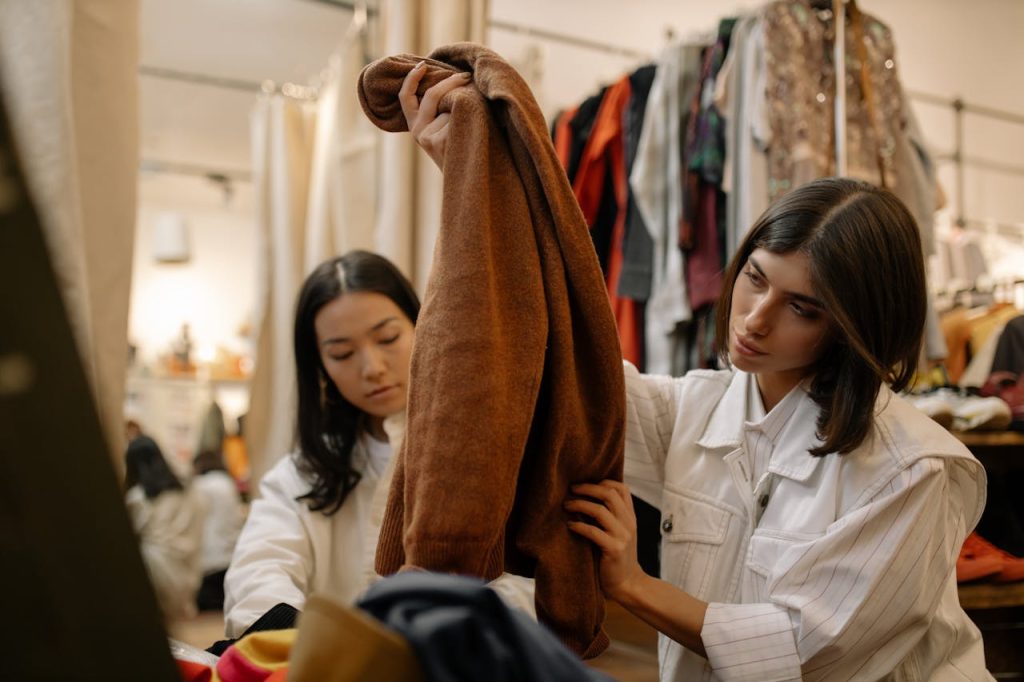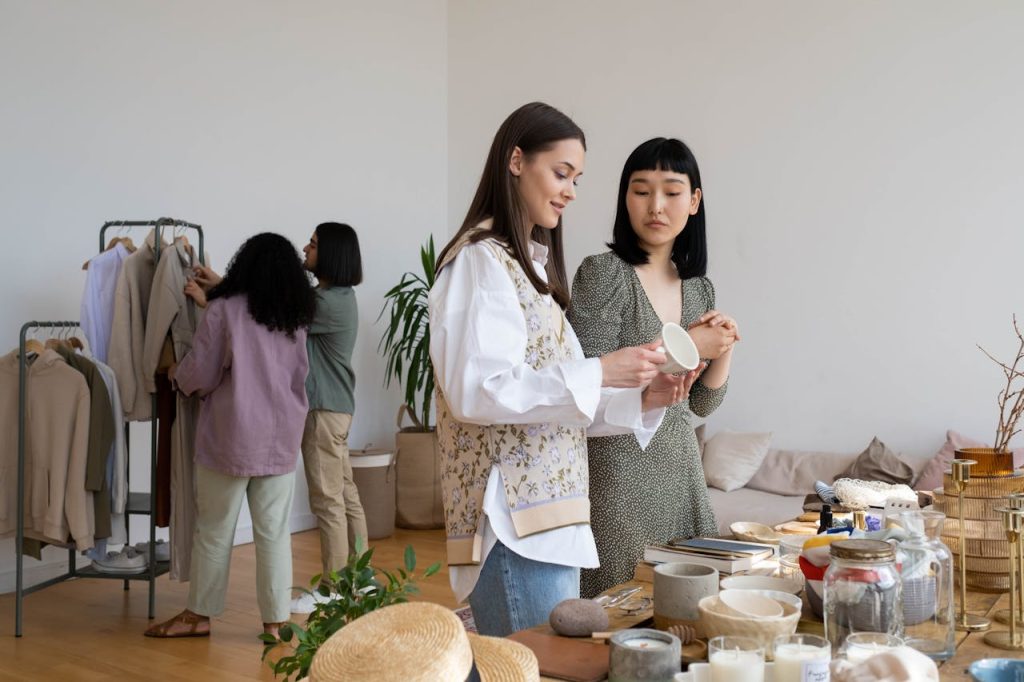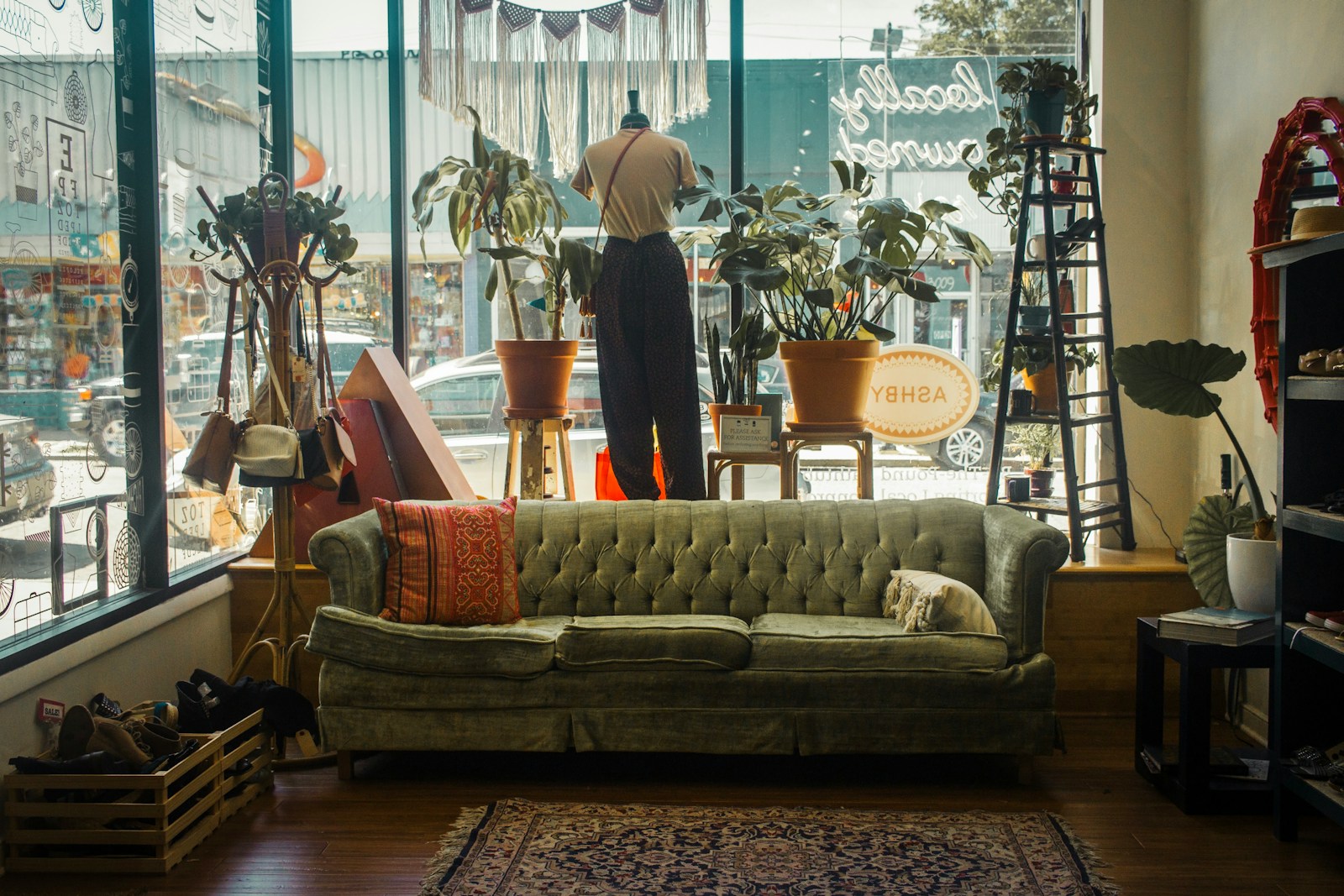There’s nothing quite like the thrill of scoring a vintage find. Whether it’s the perfect retro jacket, a unique piece of furniture, or a rare collectible, vintage items have a character and history that new items just can’t match. However, finding these treasures and snagging them for a good price can be a bit of a challenge. That’s why we’ve put together these 12 tips to help you score the best vintage deals.
1. Know Your Stuff

Before you start your vintage hunting journey, it’s important to educate yourself. Read up on the eras and styles you’re interested in, learn how to identify authentic pieces, and find out what they’re worth.
For example, if you’re interested in vintage furniture, you’ll want to know the difference between mid-century modern and art deco styles. You’ll also need to be able to recognize the signs of a quality piece, such as dovetail joints in wooden furniture. Knowing the true value of items will help you negotiate prices and avoid overpaying.
2. Visit Regularly

Vintage shops and flea markets receive new items regularly, so it’s a good idea to visit your favorite spots often.
You never know what you might find on any given day, and the best items usually get snapped up quickly. By visiting regularly, you increase your chances of finding something special. Try to go during off-peak hours when the stores are less crowded and you can take your time browsing.
3. Negotiate

Don’t be afraid to negotiate prices at vintage shops and flea markets. Sellers expect this and will often price their items with some wiggle room.
However, it’s important to be respectful and realistic when negotiating. Offering too low of a price can be insulting, and the seller is unlikely to budge. A good rule of thumb is to start at around 10-20% off the asking price and see where the negotiation goes from there.
4. Check the Condition

Before you buy a vintage item, always check its condition carefully. Look for any damage, repairs, or alterations that might affect its value or usability.
For example, if you’re buying vintage clothing, check the seams, buttons, and zippers for signs of wear or damage. If you’re buying vintage furniture, look for scratches, stains, or other signs of wear. If an item is in poor condition, it might not be worth the asking price, even if it’s a rare find.
5. Look for Hidden Gems

The best vintage finds often aren’t the ones that catch your eye immediately. They’re the hidden gems that are overlooked by others.
For example, a vintage jacket might not look like much on the hanger, but once you try it on, you find that it fits perfectly and has a unique style that you love. Or a piece of vintage furniture might be hidden under a pile of junk, but once you dig it out, you find that it’s a rare piece in excellent condition. So take your time and look carefully—you never know what you might find.
6. Buy off-season

One of the best ways to score deals on vintage items is to buy off-season. This means buying winter items in the summer, and vice versa.
For example, you might find a vintage wool coat for a steal in the middle of July, or a vintage swimsuit for a bargain in December. By buying off-season, you can often get great deals on items that would be much more expensive at other times of the year.
7. Look Online

While there’s nothing quite like the thrill of finding a vintage treasure in person, don’t overlook the potential of online shopping.
Websites like eBay, Etsy, and others offer a vast selection of vintage items from all over the world. You can search for specific items, browse by era or style, and even set up alerts for items you’re looking for. Just make sure to check the seller’s ratings and reviews before making a purchase.
8. Be Patient

Finding the perfect vintage item often takes time. Don’t rush the process or settle for something that’s not quite right.
Remember, part of the appeal of vintage shopping is the thrill of the hunt. So take your time, enjoy the process, and have patience. Your perfect vintage find is out there waiting for you.
9. Get to Know the Sellers

Building relationships with vintage sellers can give you an edge when it comes to finding and scoring the best deals.
Sellers can give you a heads up when new items come in, hold items for you, or even give you a discount. So take the time to chat with them, show interest in their merchandise, and be a regular customer. You’ll be surprised at how much this can help your vintage shopping game.
10. Have an Open Mind

When vintage shopping, it’s important to have an open mind. Don’t go in with a specific item in mind, but rather be open to whatever catches your eye.
You might find a vintage dress in a style you never thought you’d like, or a piece of vintage furniture that’s perfect for your home even though it’s not what you were originally looking for. By keeping an open mind, you can discover new styles and items that you love.
11. Invest in Quality

While it can be tempting to buy cheaper vintage items, it’s often worth it to invest in higher quality pieces.
Quality vintage items are more likely to hold their value over time, and they’re also more likely to stand up to regular use. Plus, they often have better craftsmanship and unique features that cheaper items lack. So if you find a quality vintage item that you love, don’t hesitate to invest in it.
12. Follow Your Heart

Finally, the most important tip for vintage shopping is to follow your heart. If you find an item that you love and that speaks to you, go for it!
Even if it’s not a rare find or a great deal, if it brings you joy, it’s worth it. After all, the best vintage finds are the ones that make your heart sing.



Leave a Reply